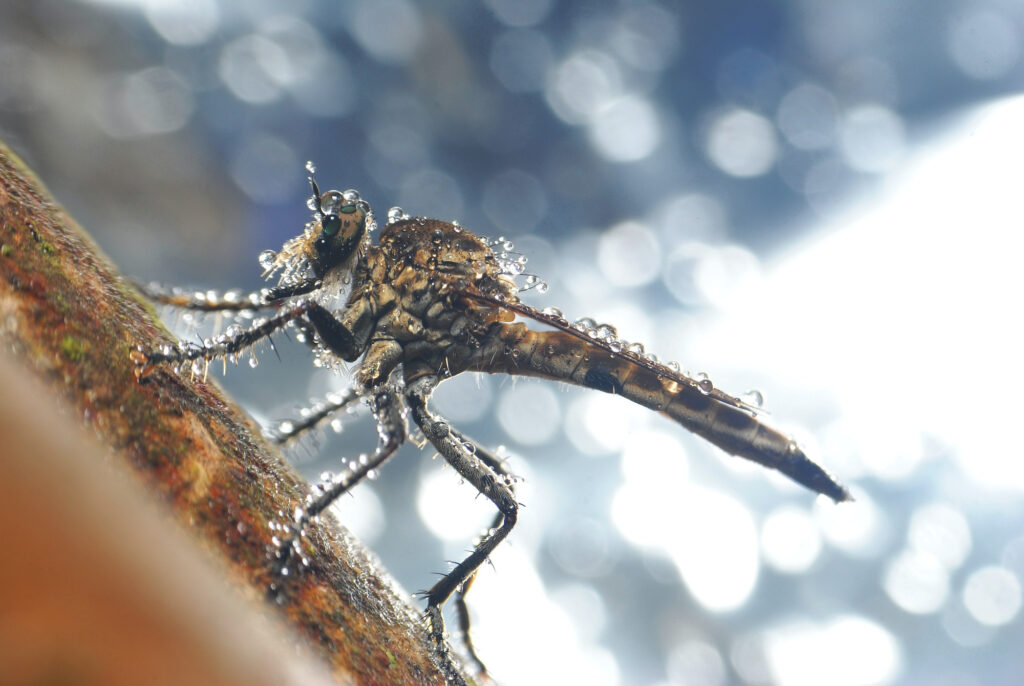The case for categorising 2,4-D as a highly hazardous pesticide in South Africa
In December 2019, three genetically modified (GM maize) varieties developed by Corteva (formally Dow AgroSciences) – genetically engineered to tolerate the toxic and highly hazardous chemical 2,4-D – were approved for commercial cultivation in South Africa, despite many long years of opposition by civil society.
How did this happen? What are the regulatory gaps and anomalies that have enabled the South African government to approve the widespread use of a highly hazardous pesticide (HHP) on a staple food that the majority of South Africans consume daily?

In this briefing, we attempt to answer these questions and put forward arguments for why 2,4-D is an HHP and should be banned in South Africa. The timing for such banning is opportune, in light that the South African government announced its intention already in April 2022, to phase out HHPs by June 2024. However, this is directed at only the active ingredients and formulations that meet the criteria of carcinogenicity, mutagenicity, and reproductive toxicity categories 1A or 1B of the Global Harmonised System (GHS) of Classification and Labelling of Chemicals. While this is a welcome start, we present arguments as to why this classification should not be restricted to categories 1A or 1B of the GHS and be expanded to include other hazard classes, based on current scientific evidence of adverse impacts on human and animal health, the precautionary principle embedded in national environmental law, international obligations, and best practice.


South Africa as a Party to the Convention on Biological Diversity must be cognisant of Target 7 of the Kunming-Montreal Global Biodiversity Framework, which represents a commitment by the international community to reducing pollution, including reducing the use of pesticides and highly hazardous chemicals, by 2030, in a bid to protect biodiversity. Further to this, it must ensure that its evolving policy on the Conservation and Sustainable Use of Biodiversity does not merely pay lip service to South Africa’s Constitution and Bill of Rights, particularly Section 24, which guarantees the right to a safe and healthy environment, but that the Minister of Environment and her department provide direction to the phasing out of HHPs, so that toxic chemicals such as 2,4-D do not slip through the net.
Read the briefing here.


